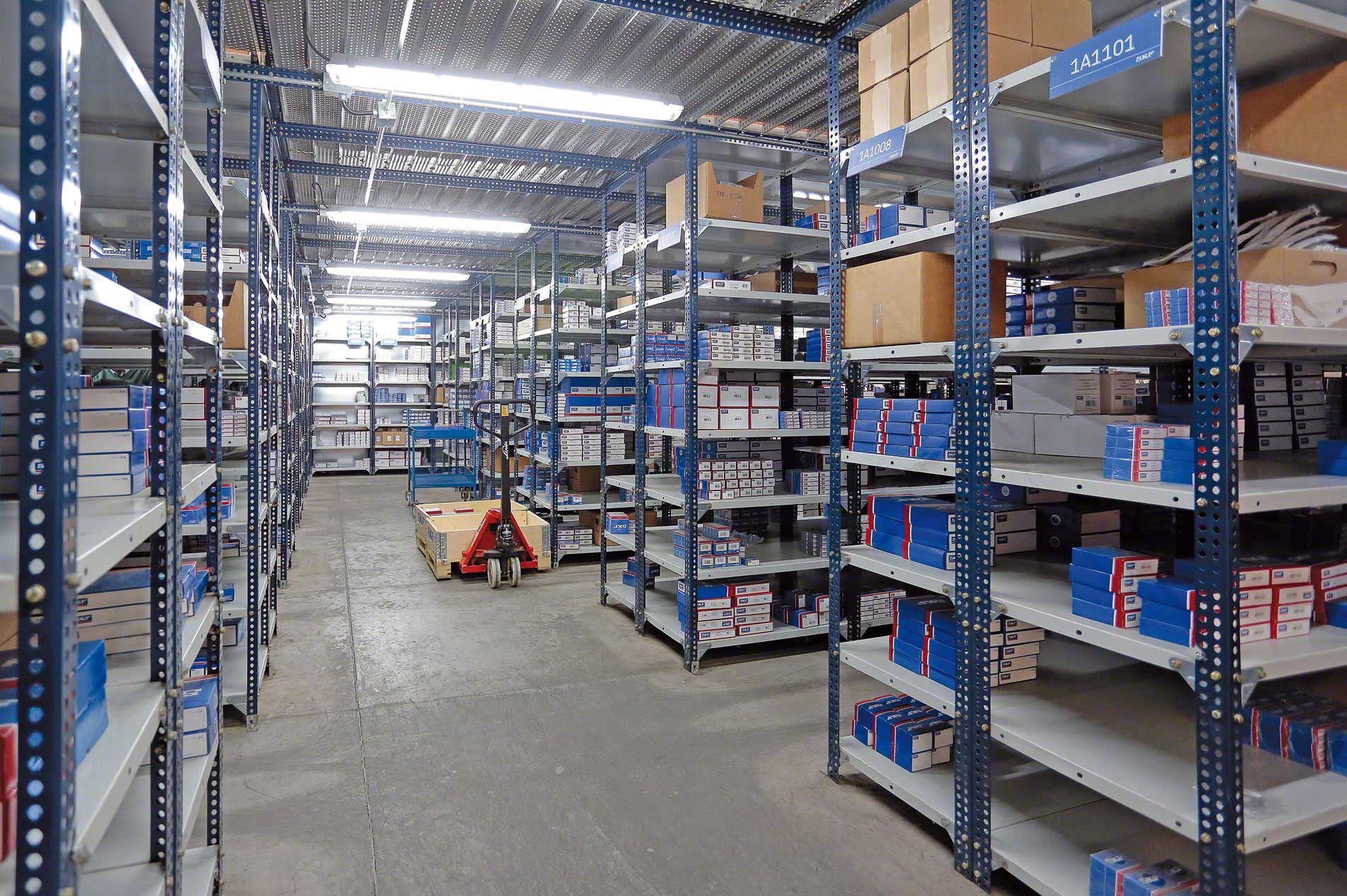Warehouse Racking Manufacturing
Warehouse racking systems are critical components in modern supply chain and inventory management. They facilitate efficient storage, retrieval, and organization of goods in warehouses, distribution centers, and retail environments. The manufacturing of warehouse racking involves a blend of engineering, design, and material science to create structures that enhance storage capacity and improve operational efficiency.
Types of Racking Systems
The manufacturing of racking systems begins with understanding the various types of racking available, each designed to meet specific storage needs. Some common types include:
-
Selective Racking: The most common type, selective racking allows for easy access to each pallet. It is ideal for facilities with a wide variety of products but low turnover rates.
-
Drive-In Racking: This system allows forklifts to drive directly into the rack. It is designed for high-density storage and is best suited for products with similar sizes and limited SKU variations.
-
Push-Back Racking: This system enables multiple pallets to be stored in a single lane, utilizing a system of carts and rails to push back pallets as new stock is added.
-
Pallet Flow Racking: A dynamic system that uses gravity to move pallets from the back of the rack to the front, facilitating first-in, first-out (FIFO) inventory management.
-
Cantilever Racking: Designed for long and bulky items, cantilever racking features arms extending from a vertical post, allowing for easy loading and unloading of goods.
Manufacturing Process
The manufacturing process for warehouse racking involves several key steps:
-
Design and Engineering: Racking systems are engineered based on specific warehouse requirements. This includes assessing the load capacity, dimensions, and types of goods to be stored. Advanced software tools are often employed to create detailed designs that ensure stability and safety.
-
Material Selection: High-quality materials, primarily steel, are chosen for their strength and durability. The steel is typically treated with finishes like powder coating to enhance resistance to corrosion and wear.
-
Fabrication: The fabrication process involves cutting, welding, and assembling the racking components. Automated machinery is often utilized to ensure precision and efficiency. Each component, including frames, beams, and connectors, is produced according to strict industry standards.
-
Quality Control: Rigorous quality control checks are conducted throughout the manufacturing process. This includes testing for load capacity, structural integrity, and compliance with safety regulations. Certifications from relevant bodies, such as ANSI and OSHA, are also pursued to assure customers of the racking's safety and reliability.
-
Installation and Support: After manufacturing, the racking systems are delivered and installed at the client’s location. Many manufacturers also offer support services, including layout design assistance, installation training, and ongoing maintenance.
Benefits of Efficient Racking Solutions
The implementation of effective racking systems offers numerous benefits. They maximize storage space, improve inventory visibility, and streamline operations, ultimately leading to increased productivity. Additionally, well-designed racking systems can enhance worker safety by minimizing the risk of accidents related to improper storage practices.
Conclusion
In conclusion, the manufacturing of warehouse racking is a specialized field that combines design, engineering, and manufacturing prowess. As industries continue to evolve, so too will the technologies and methods used in racking systems, driving innovation in storage solutions and helping businesses optimize their supply chains. By investing in quality racking systems, companies can achieve greater operational efficiency and flexibility, ensuring they meet the demands of an ever-changing market landscape.
